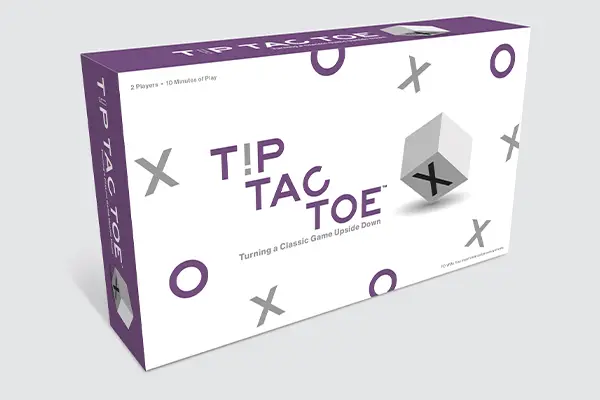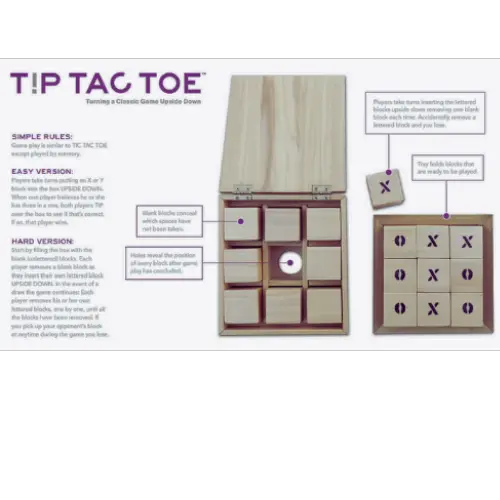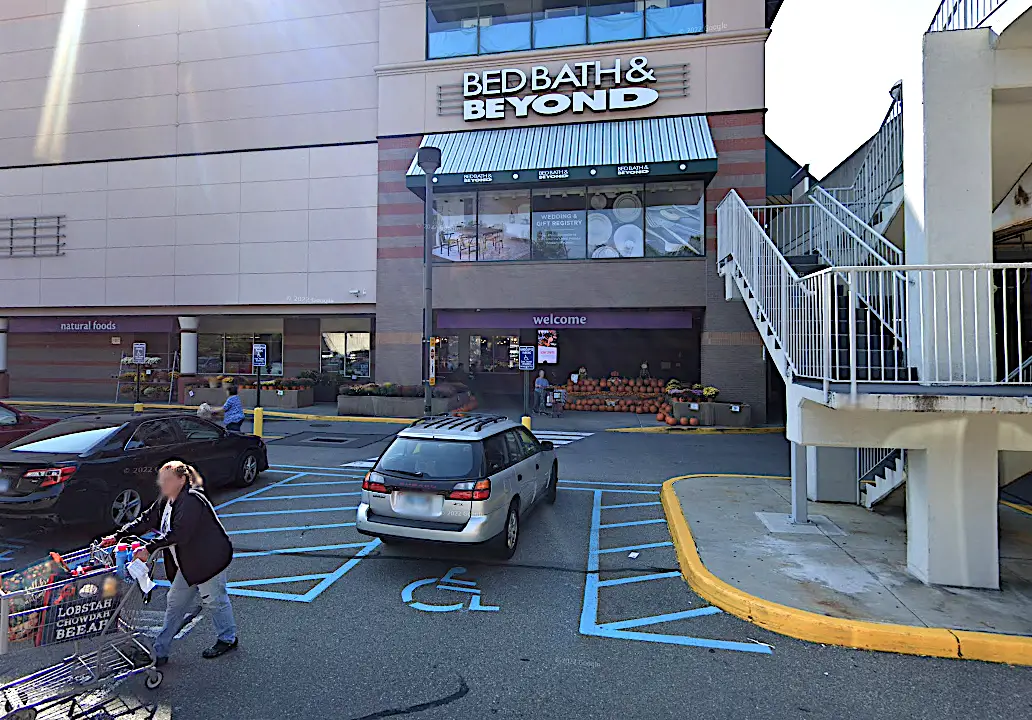
Tic-tac-toe, or games just like it, have been played for centuries. Gameboards from circa 1300 BCE have been found scratched on ancient Egyptian roofing tiles. James Porter, president of Norwalk-based stress management instructional company StressStop, has just received a patent for the latest innovation in the millennia old game”™s history.
Tip Tac Toe makes use of a wooden frame and marked pieces to add a new dimension to the game while also reducing the chances of it ending in a tie. In order to place their X or O in the frame, players must first remove a blank wooden block. However, the blocks are placed with the marks face down, and if the block a player has tried to remove has an X or an O they lose.
Once all the blank pieces are removed the wooden frame can be tilted to see if a player has gotten victory via three in a row. If not, play can continue by having each player remove the pieces they played, however if they draw one of their opponent”™s pieces they lose.
The inspiration for the project came from a moment in Porter”™s childhood in Greenwich.
“My brothers and I were sitting around a dining room table with a check tablecloth eating oyster crackers,” Porter recalled. “We noticed they fit perfectly on this little checkerboard formed by the tablecloth, so we started putting them down in order to make tic-tac-toe. Then my older brother said, ”˜Well, what if instead of putting them down, we took them away?”™”
 One brother would keep track of who played which piece as they took turns removing the crackers.
One brother would keep track of who played which piece as they took turns removing the crackers.
“For years I thought about how I could make that happen in a practical way,” Porter said, adding the memory of that game stayed with him until he found himself in a position to bring it to fruition. After years in a career of crafting materials to help clients across the country identify and deal with stress, he pulled together a prototype which could serve as the basis for a new game.
It was not until he was well along in the production of the prototype that Porter realized that the game and his current business shared an emphasis on being present in the moment. StressStop”™s materials ”“ which are used by major corporations, NASA, hospitals and nursing homes nationwide to promote mindfulness techniques ”“ are all about being present and fully in the moment is one way to tackle stress, which it is also the key to winning Tip Tac Toe.
Porter believed there is real serendipity that his current businesses and his side project have aligned so well. Clients have expressed interest in the game as a memory exercise in retirement homes and as simply a fun way to pass the time.
“I said to my client who works with geriatric patients that if I can find a distributor or perhaps run a Kickstarter campaign that helps me raise the money to actually manufacture this, I could get it on the market,” Porter said.
His initial prototypes were made from wood in his home workshop, but Porter plans to scale up. He has not decided on a specific course of action and may be open to working with an established board game company or manufacturer. Alternatively, if a Kickstarter campaign goes well enough, Porter said he”™d be glad to add it to the StressStop product line, especially if it becomes possible to avoid supply-chain issues by partnering with U.S. woodworkers if the demand proves high enough.
Though Tip Tac Toe is not yet available for sale, Porter is confident the game has a future. A video about the product is available online at https://vimeo.com/532370737/8ea5a434da.






















